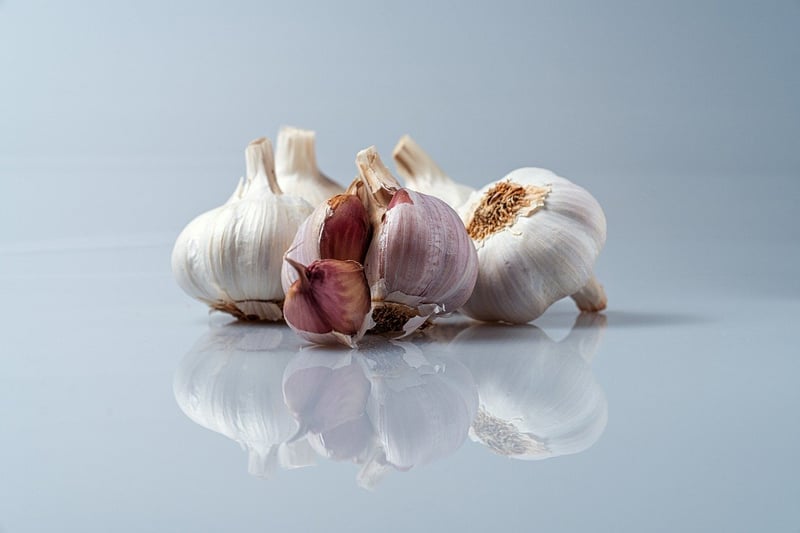Inventive Pairings
The Art of Innovative Culinary Approaches and Inventive Pairings
Introduction
Exploring new and exciting culinary experiences can elevate the joy of dining, turning a meal into a memorable adventure. In the world of gastronomy, innovative approaches and inventive pairings can awaken the senses and redefine traditional flavors. Let's delve into the art of combining creativity with culinary expertise to create extraordinary dishes.
Unleashing Creativity in the Kitchen
Embracing creativity in the kitchen opens up a world of possibilities. By thinking outside the box and experimenting with different ingredients, textures, and techniques, chefs can craft unique and unforgettable dishes that tantalize taste buds and spark curiosity.
Experimenting with Flavors
Pairing unexpected flavors can lead to delightful surprises. Combining sweet and savory, spicy and tangy, or creamy and crunchy elements can create a harmonious symphony of tastes that dance on the palate. The fusion of diverse flavor profiles adds depth and complexity to dishes, transforming them into culinary masterpieces.
Playing with Textures
Texture plays a crucial role in the culinary experience. Mixing crispy with tender, smooth with grainy, or gelatinous with crunchy textures can provide a dynamic sensory journey. The contrast in textures not only enhances the overall mouthfeel but also adds a layer of intrigue to the dish.
The Art of Pairing Ingredients
Pairing ingredients thoughtfully is an art form that requires an understanding of flavors, aromas, and culinary traditions. By combining contrasting or complementary ingredients, chefs can create synergies that elevate the taste profile of a dish.
Contrasting Pairings
Contrasting pairings involve combining ingredients that offer distinct flavors or textures. For example, pairing a rich and buttery foie gras with a tart fruit compote creates a balance of richness and acidity that tantalizes the palate.
Complementary Pairings
Complementary pairings involve ingredients that enhance each other's flavors. For instance, pairing a succulent steak with a velvety red wine reduction creates a harmonious blend of savory notes that complement each other perfectly.
Exploring Fusion Cuisine
Fusion cuisine blends culinary traditions from different cultures to create innovative and exciting dishes that celebrate diversity. By merging ingredients and techniques from various culinary heritages, chefs can craft fusion dishes that offer a unique gastronomic experience.
Examples of Fusion Dishes
- Sushi Burrito: A fusion of Japanese sushi and Mexican burrito, combining fresh sashimi with rice and vegetables wrapped in a seaweed sheet.
- Ramen Burger: A creative twist on a classic burger, replacing the traditional bun with crispy ramen noodles and filling it with a juicy patty and Asian-inspired toppings.
Conclusion
Embracing innovative culinary approaches and inventive pairings opens up a world of culinary creativity and endless possibilities. By daring to experiment, chefs can push the boundaries of traditional cooking and create dishes that captivate diners' imaginations. Whether exploring fusion cuisine or playing with contrasting flavors, the art of culinary innovation continues to evolve, inspiring chefs to redefine the culinary landscape one dish at a time.

